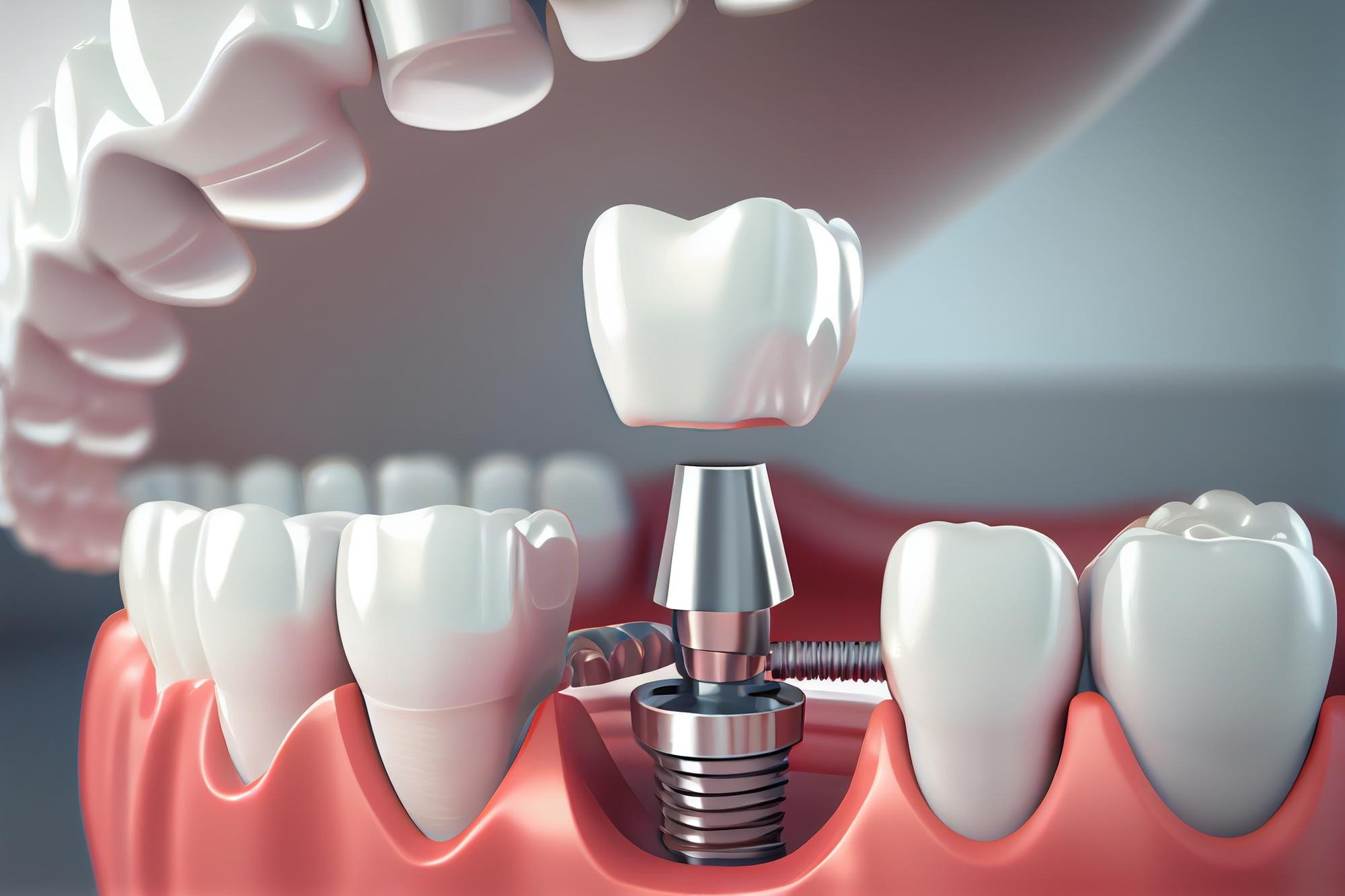Dr. Arabella Michelén
Monday, November 11, 2019
The best way to describe a dental implant is as a “third set of teeth” that science and technology gift to humankind.
Technically, implants are titanium screws placed in the jawbones to replace lost teeth. The implant becomes the dental root and, later, serves as the foundation for the dental prosthesis that will replace the missing teeth.
The success of the treatment depends on various factors: an accurate diagnosis, a well-thought-out treatment plan, the choice of the right implant, and its proper placement in the jaw.
The purpose of the implant is to allow for an oral rehabilitation that offers multiple benefits not achievable with traditional prostheses, whether fixed or removable, which are not anchored in dental implants.
Restoring teeth with dental implants has numerous advantages. Implants give patients confidence when speaking, boosting self-esteem and mental health, providing prosthesis stability, and making chewing easier, with excellent aesthetic results.
Technically speaking, implant placement is a straightforward surgery with necessary measures and precautions, but it does not involve major complications as long as the patient follows the dentist's instructions.
It is important to note that each individual responds differently, so everyone will have a unique postoperative experience if performed by expert hands.
As mentioned, the implant alone does not meet the patient’s needs, which can be summarized as the replacement of one or more missing teeth and the functions they serve. It’s the combination of the implant and rehabilitation that achieves this goal. Therefore, treatment planning should be done collaboratively by the implantologist and the oral rehabilitator to ensure success.
Unfortunately, many patients come to the clinic with implants placed in the jawbones that the prosthetics specialist cannot use to make the prosthesis. Sometimes, the dentist must resort to a traditional fixed prosthesis anchored in natural teeth or, in the worst-case scenario, a removable dental prosthesis.
Proper planning is essential to the treatment’s success, translating into patient health and well-being. The goal is to restore health and aesthetics, not just to place a dental implant. An implant is an excellent tool that must be used with an understanding of its benefits and limitations and should be handled by experts capable of choosing what is best for the patient—from determining patient eligibility to selecting the appropriate type, size, and location.
Trust your lifelong dentist with your questions or concerns and share your expectations. They can guide you, refer you if necessary, and provide all possible alternatives for your case.
Remember, a dental implant is of no use if rehabilitation cannot be completed.










